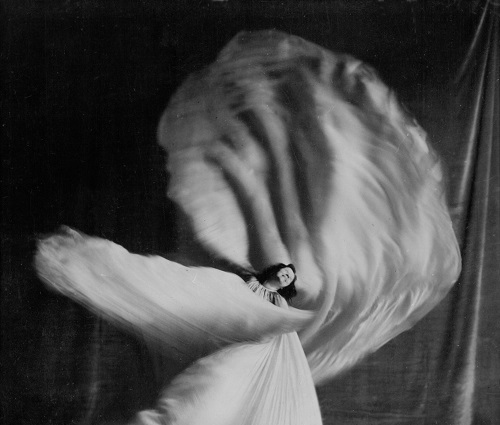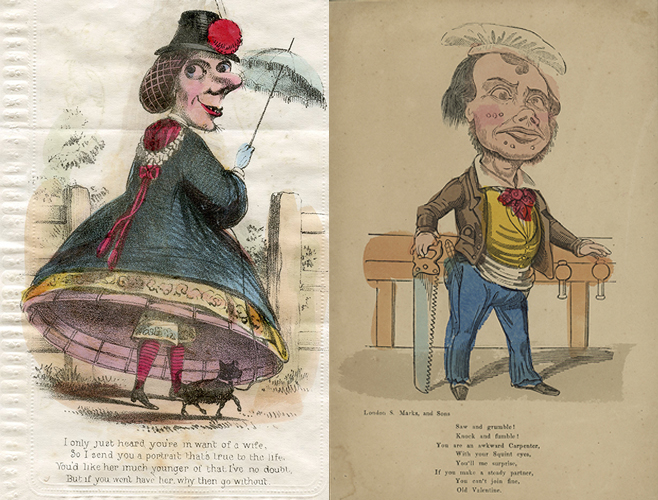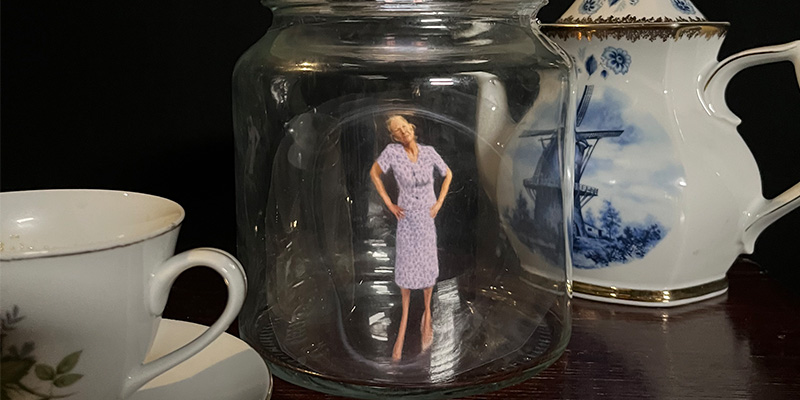News | Thursday, 1st February 2018
The Erotic Cloth: Seductive and shocking power of textiles revealed
Use of cloth from Renaissance art to Blade Runner explored in new book

From the sensory rustle and drape of fabric to defiantly sexual punk clothing, a new book is exploring the erotic power of cloth and how it is used to convey political and sexual messages in art and design.
The Erotic Cloth: Seduction and Fetishism in Textiles is the creation of two textiles artists, Alice Kettle, Professor of Textile Arts at Manchester School of Art, Manchester Metropolitan University, and Lesley Millar, Professor of Textile Culture at the University of the Creative Arts.
The book explains eroticism in the actual making of textiles, and how culture exploits the erotic relationship between cloth and the skin, from 16th century portraiture to the film Blade Runner.
Separated into four themes – representation, making, alternative and performance - a series of essays describe the various historical, social and cultural reasons why cloth becomes erotic.

For instance, the bondage clothing of 1970s punk fashion deliberately exploited eroticism in order to subvert social norms and create an ‘inter-changeability of the sexes’, which liberalised traditional sexual identities.
The shape, form and motion of textiles in art, film and dance are also explored. This includes the late 19th century Serpentine Dance of Loie Fuller, whereby it was not the physical form of the body which created aesthetic beauty, but the way the artist manipulated the vast swathes of fabric of her skirt to both conceal and reveal.
The book goes further into alternative takes on how culture represents the erotic through cloth, for instance the erotic and often violent relationship they share in Blade Runner.
The character Pris removes her ripped and laddered clothes prior to her murderous attack, and Rachel is first seen as a fetishized buttoned-up and inaccessible version of a 1940s noir woman, before undergoing several transformations of style as her role develops.

Professor Kettle, said: "What our authors demonstrate is how varied, subjective and intriguing the nature of cloth as erotic can be. We have found interpretations within the cloth itself, not the obvious sense of sexually but a nuanced, subtle character where the authors describe both the cloth itself and the eroticism it suggests. The word itself is richly interpreted through the medium of cloth. We have learnt more about the nature of textiles and its uses."
Lesley Millar, Professor of Textile Culture at the University of the Creative Arts, said: "This book is the first critical examination of the erotically charged relationship between the surface of the skin and the touch of cloth, exploring the ways in which textiles can seduce, conceal and reveal through their interactions with the body."
The Erotic Cloth will be launched on February 10 at Midland Arts Centre in Birmingham, at Manchester Metropolitan University on February 14, and February 23 at the Art Workers Guild in London.
Professors Kettle and Millar will be curating an exhibition at the Compton Verney on the themes of the book in 2021.
The Erotic Cloth: Seduction and Fetishism in Textiles is published by Bloomsbury Academic in February 2018.




